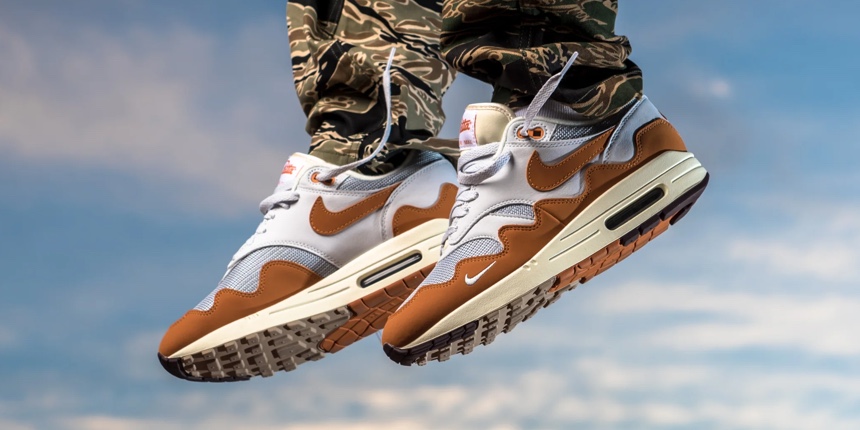Blog
10 Fascinating Facts About the Nike Air Max 1: A Revolutionary Sneaker Legacy
The Nike Air Max 1 stands as a cornerstone in sneaker history, revolutionizing footwear design since its 1987 debut. Here are ten surprising facts about this iconic sneaker that showcase its remarkable journey and cultural impact.
1. Pioneering Air Technology
- First Nike shoe to showcase visible Air Max technology
- Revolutionized cushioning systems in athletic footwear
- Initially met with consumer skepticism about durability
2. Space Age Innovation
- Developed by NASA engineer Marion Frank Rudy
- Uses pressurized gas technology inspired by space exploration
- Transformed athletic shoe comfort standards
3. Architectural Inspiration
- Designed by Tinker Hatfield, a former Nike architect
- Inspired by Paris’s Centre Pompidou
- “Inside-out” aesthetic influenced the visible Air unit design
4. Marketing Revolution
- First sneaker ad to feature a Beatles song
- Strategic partnerships with sports legends
- Pioneered lifestyle marketing in athletic footwear
5. Design Challenges
- Faced internal resistance at Nike
- Hatfield’s persistence led to groundbreaking design
- Changed Nike’s approach to innovation
6. Mini Swoosh Origins
- First mini Swoosh appeared in 1997
- Became highly sought-after design element
- Influenced modern iterations like “Bred 2.0”
7. Collaboration Pioneer
- First collaboration with atmos in 2002
- Set standards for future sneaker collaborations
- Thousands of partnerships followed
8. Strategic Comeback
- Briefly discontinued before 1992 retro
- Improved materials and design elements
- Established retro sneaker market
9. Cultural Celebration
- Air Max Day established in 2014
- Annual March 26th celebration
- Global sneaker culture phenomenon
10. International Impact
- Strong cultural significance in Netherlands
- Influenced gabber subculture
- Symbol of youth movement and fashion
Key Takeaway
The Nike Air Max 1 represents more than just a sneaker; it’s a cultural icon that has influenced fashion, technology, and society for over three decades.
 Skip to content
Skip to content

